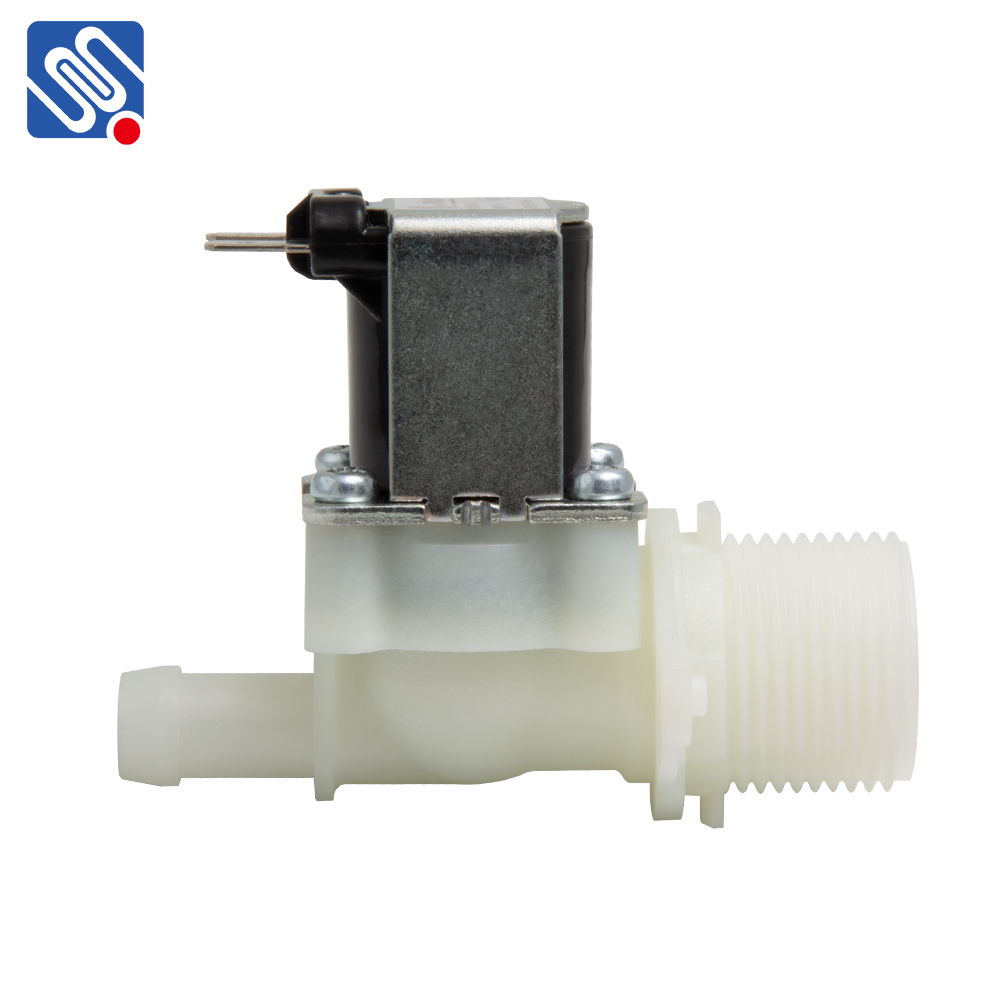Water solenoid valves are essential components in a wide range of industrial, commercial, and residential systems that require automated control of water flow. These valves operate using an electromagnetic mechanism, allowing them to regulate water flow precisely and efficiently, making them indispensable in applications like irrigation systems, water treatment, household appliances, and cooling systems. In this article, we will explore the working principle, benefits, applications, and significance of water solenoid valves.

Working Principle of Water Solenoid Valves At its core, a water solenoid valve operates through the use of an electromagnet, which controls the valve’s opening and closing. When an electric current passes through a coil, it generates a magnetic field that activates a plunger or piston inside the valve. This plunger either opens or closes the valve, depending on the design. When the electrical current is turned on, the solenoid valve opens, allowing water to flow through. Conversely, when the current is turned off, the valve closes, stopping the water flow. This simple yet effective operation allows for precise control over water distribution in various systems, making water solenoid valves ideal for applications requiring automation and remote control.